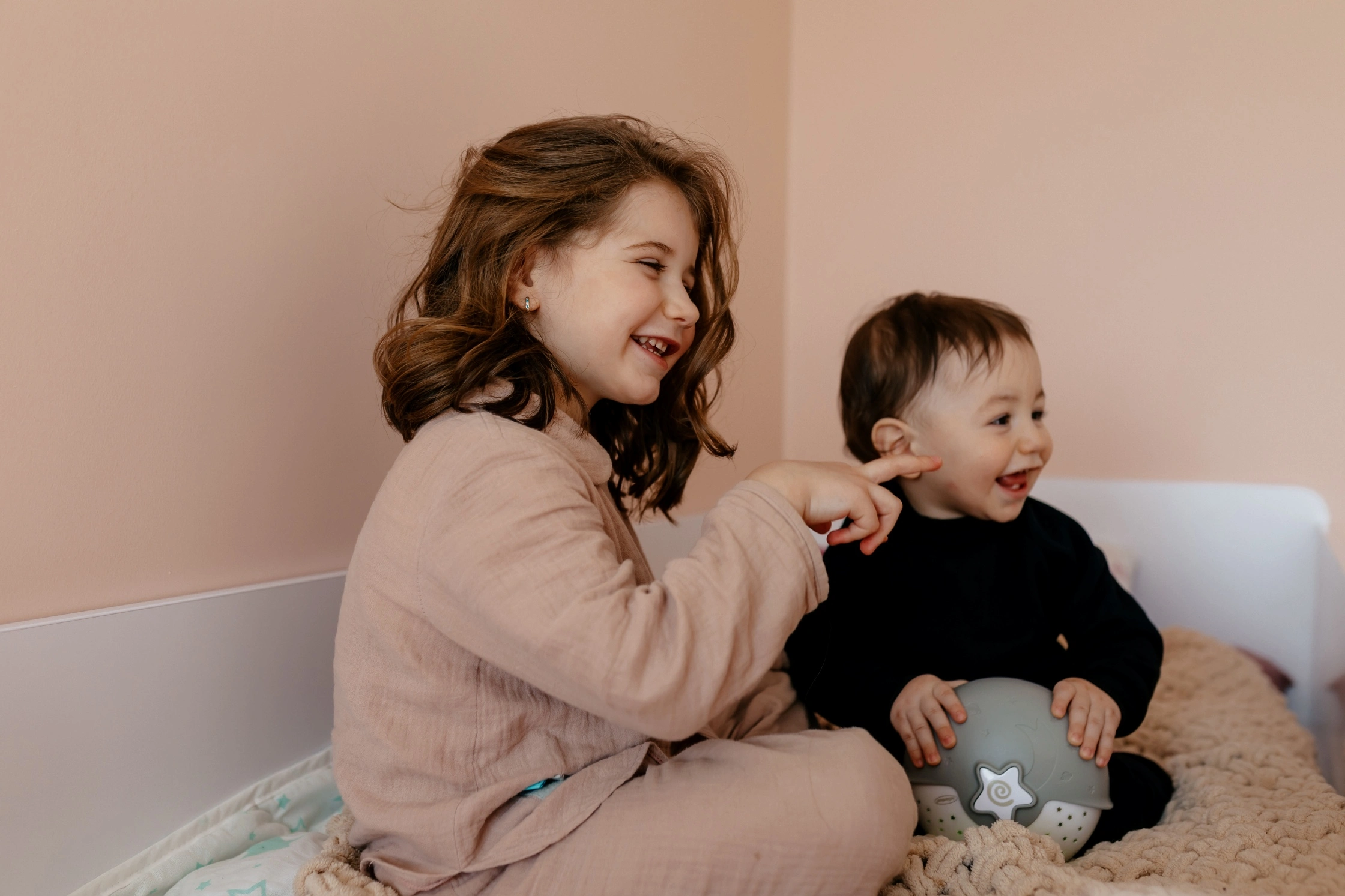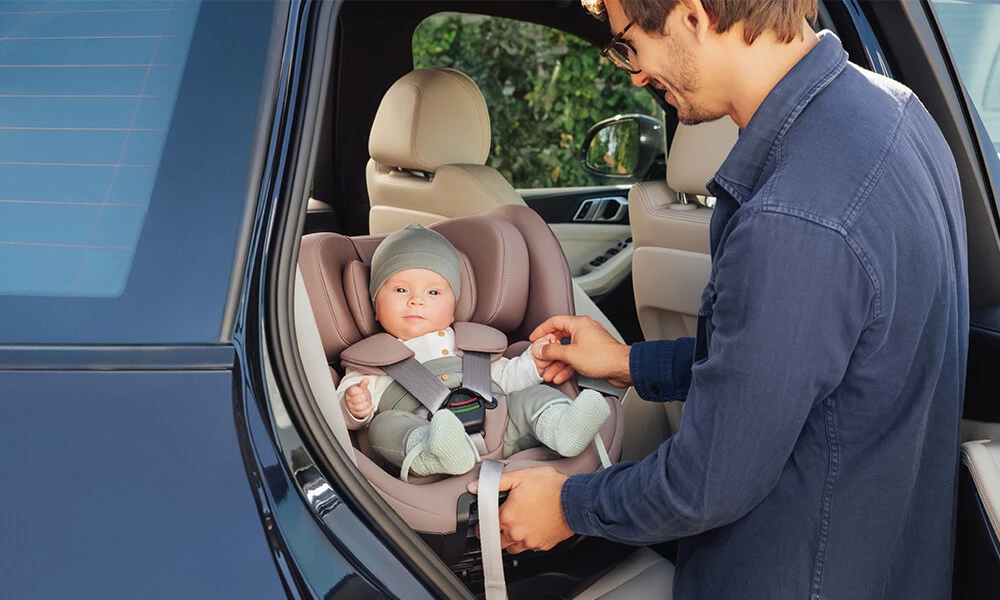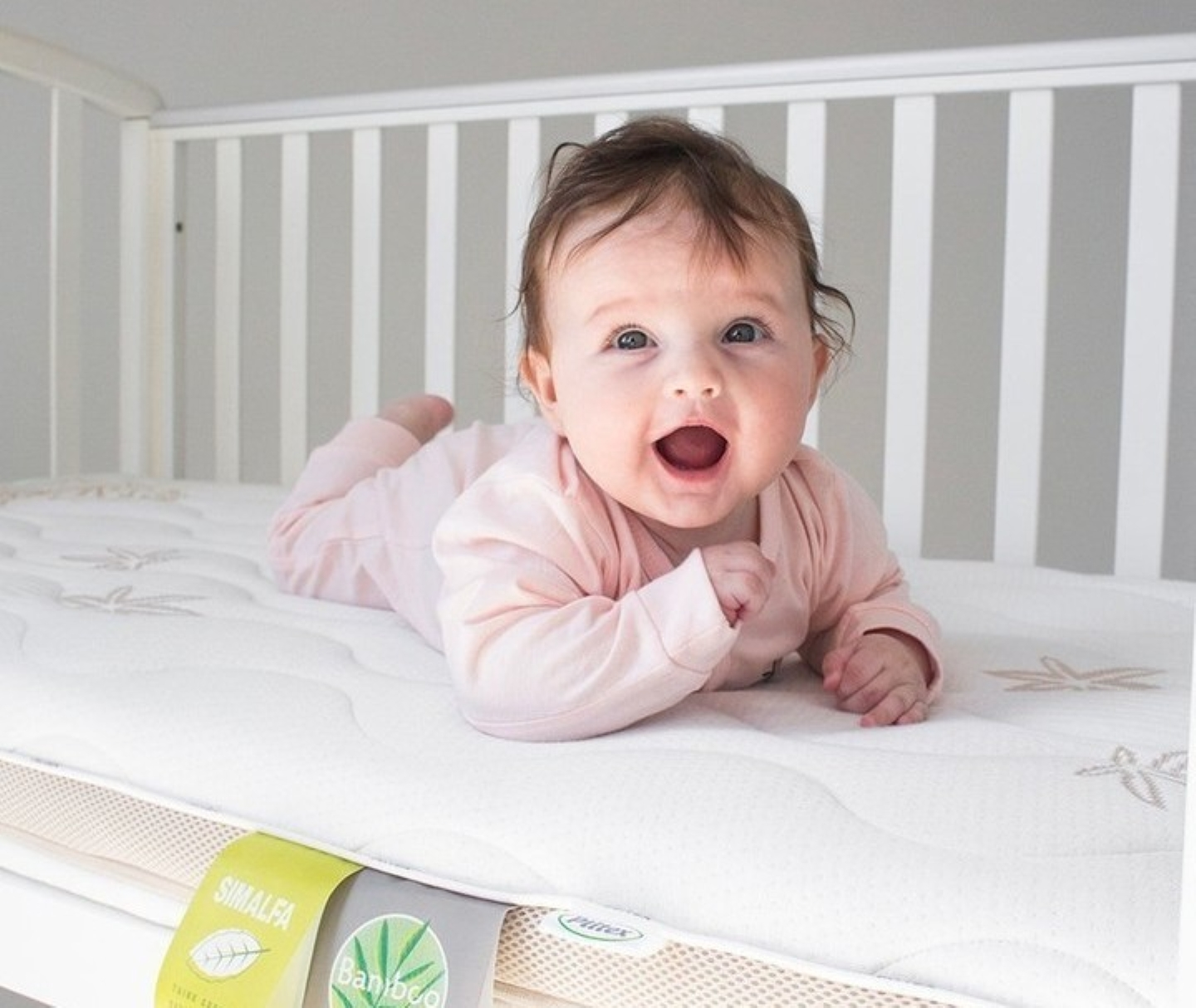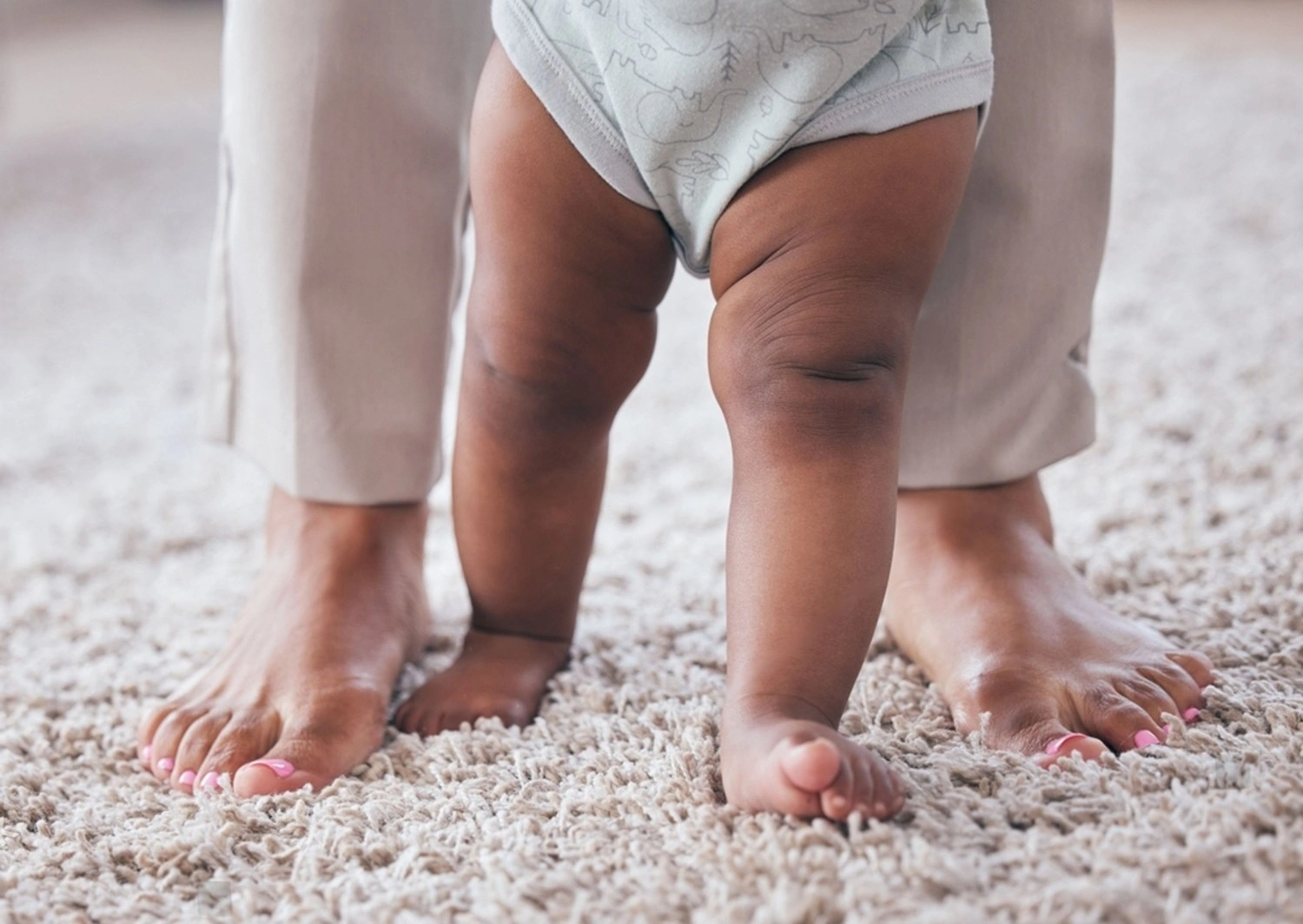Managing Aggressive Behavior in 2-3 Year Olds: Tips for Parents

The age between two and three is one of the most dynamic and formative stages in a child’s development. During this time, little ones begin to explore independence, express emotions, and engage with the world around them. It’s also a period when parents often encounter bursts of aggressive behavior — shouting, hitting, or throwing toys.
It’s important to remember that such reactions don’t mean a child has a “bad temperament.” More often, aggression appears because the child hasn’t yet learned to manage emotions or express frustration, fatigue, or anger with words. This is a natural part of growing up and developing emotional awareness.
Beyond inner experiences, external factors can also trigger aggression — tiredness, hunger, or overstimulation. A child who is exhausted or surrounded by noise and chaos becomes more easily irritated. That’s why parents should observe when these outbursts happen to better understand what’s causing them and help their child cope.
Parental behavior plays a significant role as well. Children learn by watching adults. When a mother or father handles conflict calmly, without shouting, the child gradually adopts the same response pattern. Patience, consistency, and care create a sense of security and help the child develop emotional control.
It’s equally important to provide a stable and peaceful environment. A safe space, a predictable daily routine, and regular quality time with parents help reduce anxiety and strengthen emotional stability.
Aggression at the age of two to three is a temporary phase. With understanding, support, and the right approach, a child will gradually learn to express feelings differently — through words, not actions.


